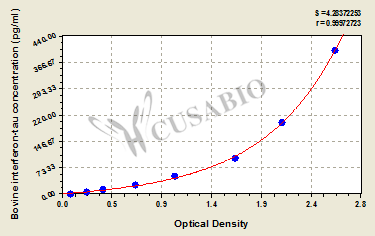Paracrine hormone primarily responsible for maternal recognition of pregnancy. Interacts with endometrial receptors, probably type I interferon receptors, and blocks estrogen receptor expression, preventing the estrogen-induced increase in oxytocin receptor expression in the endometrium. This results in the suppression of the pulsatile endometrial release of the luteolytic hormone prostaglandin F2-alpha, hindering the regression of the corpus luteum (luteolysis) and therefore a return to ovarian cyclicity. This, and a possible direct effect of IFN-tau on prostaglandin synthesis, leads in turn to continued ovarian progesterone secretion, which stimulates the secretion by the endometrium of the nutrients required for the growth of the conceptus. In summary, displays particularly high antiviral and antiproliferative potency concurrently with particular weak cytotoxicity, high antiluteolytic activity and immunomodulatory properties. In contrast with other IFNs, IFN-tau is not virally inducible.






